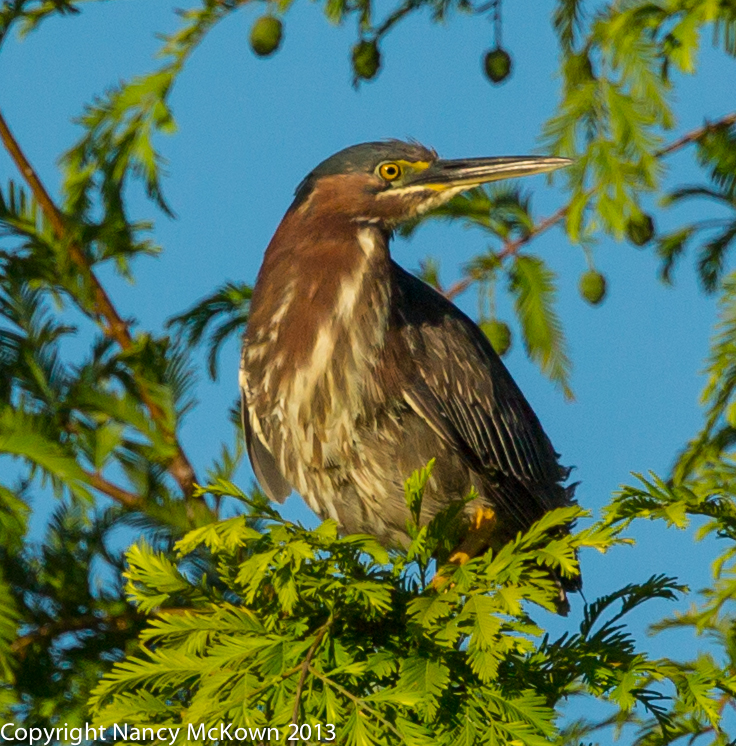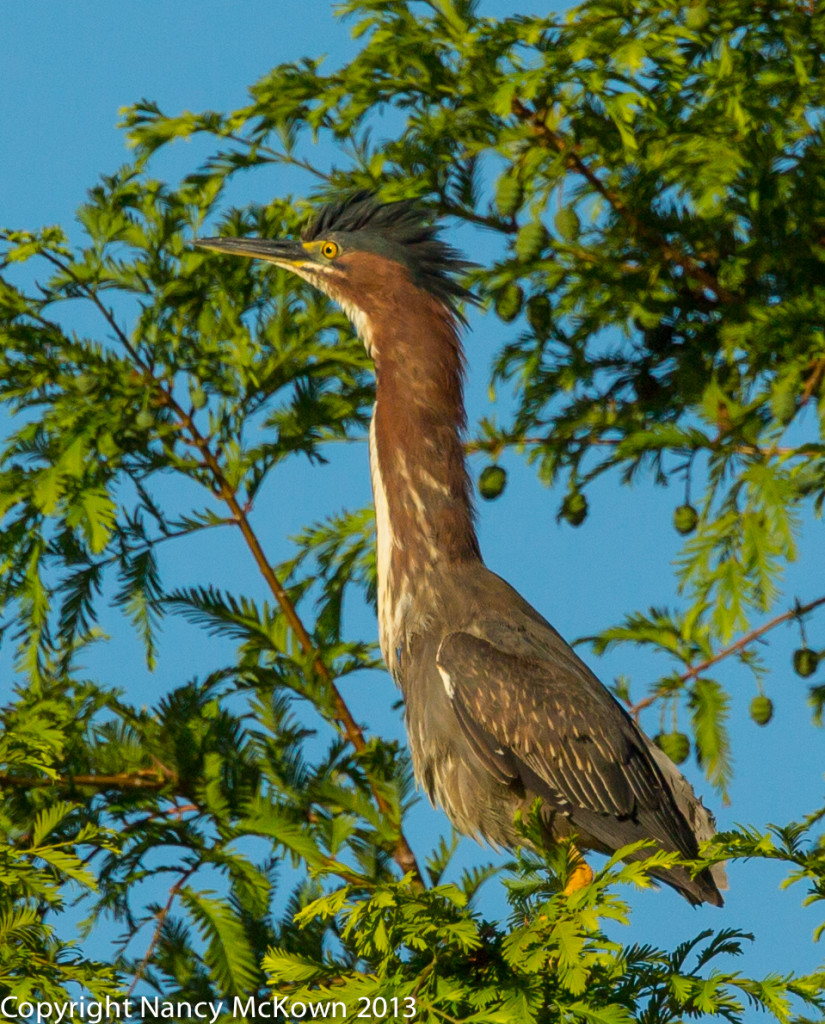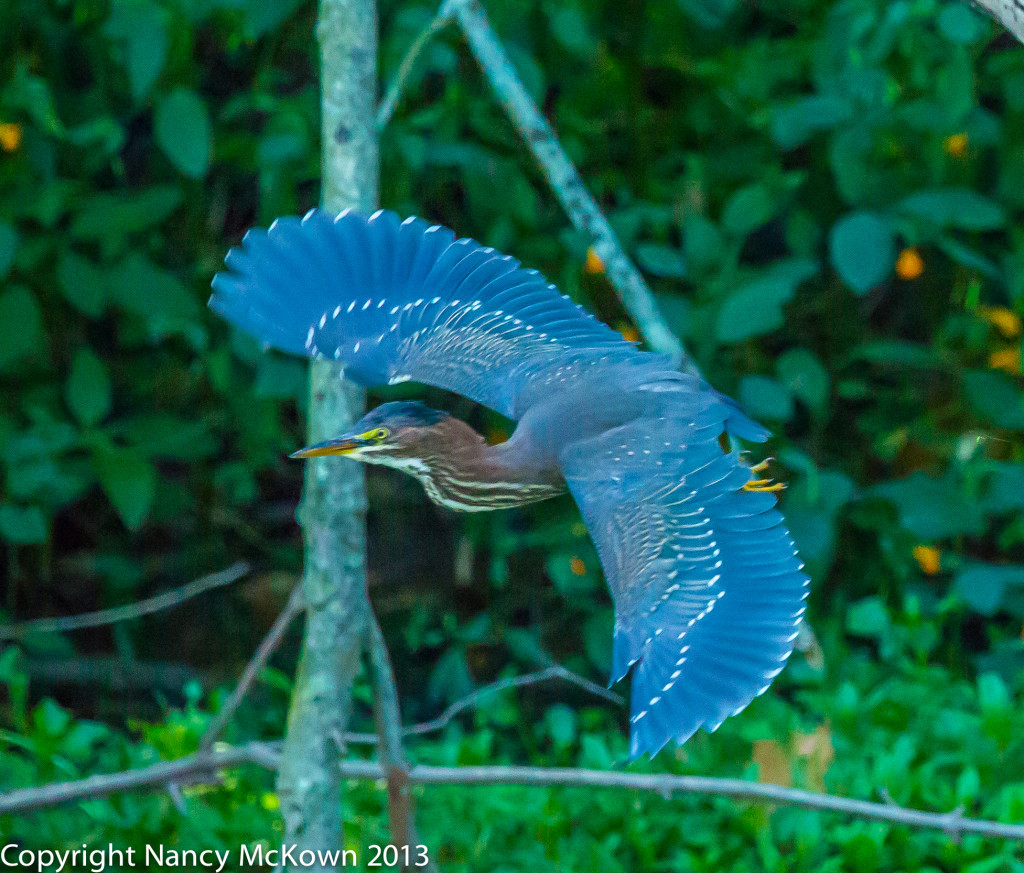The Joy of Discovering and Photographing New Birds
One of the best parts of photographing birds is discovering new birds. I think it is very exciting when your camera is focused on a bird that you can not identify and have never photographed before. The first thought going through my head when this happens is that this new bird is a baby or juvenile of a bird I know and have already photographed? This is true quite often because the coloration of young birds is often very different than their parents.
Bird Identification Skills
Other birders out there always come to the rescue to help identify mystery birds. Also, bird identifier games, tools and apps are readily available on the web. You have to provide the size of the bird, where you saw it, identify the colors of the feathers, note the beak shape, observe what they are eating, how they move, etc. These are fun, if you have the time and information, but for photographers, it’s faster if you upload a photo of the mystery bird to your favorite bird share and ID site and ask other bird lovers to help. It takes only minutes before someone, or some computer, identifies the bird for you.
Mystery Bird Photograph
I was out with my camera midmorning, shooting near a small pond. There’s a limit to how close you can get to a bird before it flies away, even when you are in your car. I was in my car, with my back to the sun and had my long lens perched (and secured) on the car’s window ledge. In the distance, I saw flickers hopping about on the grass and one great blue heron fishing at the far end of the pond.
Suddenly a rather large bird circled the heron a couple times and landed in a dawn redwood tree on the edge of the pond. The great blue heron saw this newcomer before I did and tracked his movements in the sky. It looked to me as though the two birds were communicating; parent juvenile type communication, so I jumped to the conclusion that these birds were from the same nest. I was wrong.

2.0 Telephoto Extender
To capture this far off action, I was lucky to have my 2.0 telephoto lens extender attached to my 300mm lens. This extender effectively changes the focal length on my 300mm lens into a 600mm lens. You can imagine the advantages of being able to get up that close to photograph a bird. This extender is light, easy to transport and attach to the lens, and doubles the effective focal length of my 300mm lens. And, it is so much cheaper and convenient than buying a 600mm quality lens.
So why not leave the extender attached and have this extra reach all the time when photographing birds? Because there are some very consequential drawbacks that may outweigh the advantages of that extra reach. It seems like a win win deal, until you understand what you are giving up.
It’s All About Light
First of all, attaching an extender usually means that you no longer have what is referred to as a “fast” lens. A “fast” lens is a lens with aperture opening of 2.8 or larger. Fast lenses of quality carry high price tags and are usually considerably heavier than the slower lenses. Why pay the price? It’s a lens that gives you more flexibility when light is low because at its maximum opening, it allows more light to hit your camera’s light sensor. That means you won’t miss as many shots due to poor light.
So if you put a 1.4 extender on a fast lens, and increase your focal length from a 300mm to a 420mm, you will reduce the amount of light getting to the sensor by one full stop. That’s 50% less light. If you put a 2.0 extender on your fast lens, and increase your focal length from a 300mm to a 600mm, you reduce the light to the sensor by 2 full stops. That’s 75% less light.
You must carefully weigh the advantages and disadvantages of attaching extenders to your lenses. Most times, it’s the only way that you can get close enough, but if light is low, the better choice might be to keep the extenders off. I usually carry the extenders with me and assess the distance and quality of light while in the field.

A Beautiful Green Heron
This mystery bird is a green heron, probably a juvenile, on a bad hair day. At first I did not see much green in this green heron, but after a while, the subtleties of the colors in the feathers did indeed show green. In fact, he is beautiful. Short and stocky when his neck is not extended, he has a chestnut body, velvety back feathers with green hues, a black crest atop his head and bright yellow eyes.
There are 3 types of herons that frequent Michigan ponds, marshes, and waterways. I have already photographed the great blue heron and the green heron. I am now on the lookout for the much less common “American Bittern” Heron. Stay tuned. I may be loading my equipment into a kayak soon in an effort to photograph this elusive bird.
New Photos of the Green Heron
A mature green heron graced my viewfinder recently when I was photographing kingfishers in a nearby Saugatuck pond. The kingfishers were too far off for a good photo, even with the 2.0 extender attached. The green heron is a much bigger bird, so distance mattered less. Still, distance and low light did impact clarity. On the positive side, the soft, clouded over morning light brought out vibrant blue colors in the feathers.
Here are a couple of those shots.

ISO 10000 ! ; 1/1600 second; f/6.3

ISO 4000; 1/640 second; f/5.6










Nancy, Beautiful photographs…Love your Blue Heron in flight over the water…Lovely.
Am sending my brother in Florida this…
J.